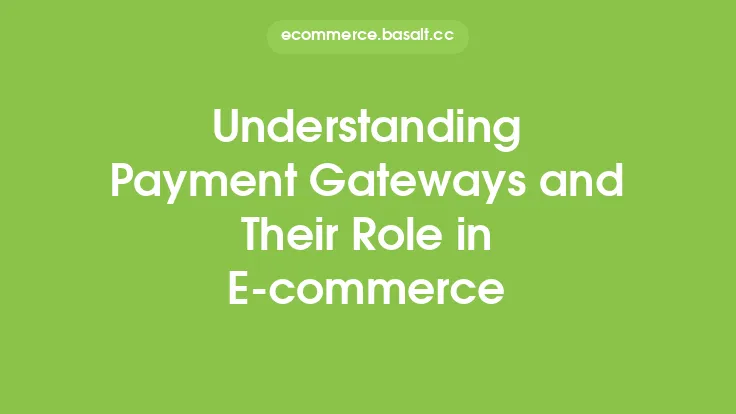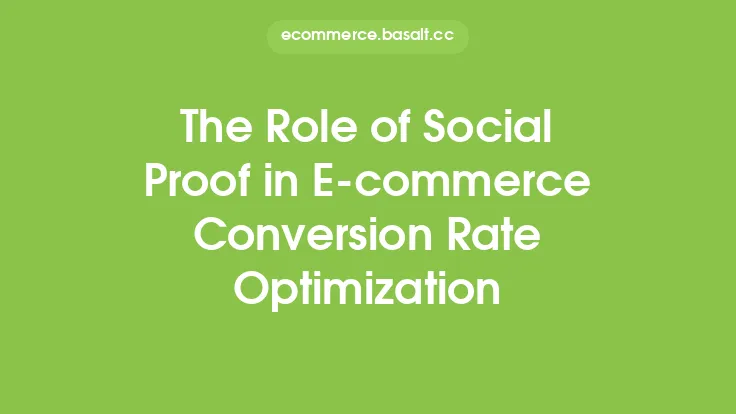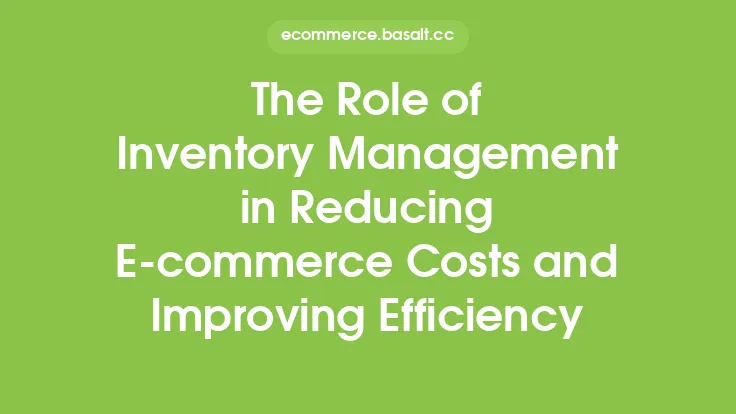The e-commerce industry has experienced tremendous growth over the years, with more and more businesses shifting their operations online. As a result, the importance of providing a seamless and secure checkout experience for customers has become a top priority. One crucial component of this experience is the payment gateway, which plays a vital role in facilitating transactions between merchants and customers. In this article, we will delve into the world of payment gateways and explore their significance in e-commerce checkout optimization.
Introduction to Payment Gateways
A payment gateway is a technology that enables online transactions by connecting merchants to payment processors and banks. It acts as a bridge between the merchant's website and the payment processing network, allowing customers to make payments using various payment methods such as credit cards, debit cards, and online banking. Payment gateways provide a secure and reliable way to process transactions, ensuring that sensitive customer information is protected and that payments are processed efficiently.
The Role of Payment Gateways in E-commerce Checkout Optimization
Payment gateways play a critical role in optimizing the e-commerce checkout process. A well-integrated payment gateway can significantly improve the overall checkout experience, leading to increased customer satisfaction and reduced cart abandonment rates. Some of the key ways in which payment gateways contribute to checkout optimization include:
- Providing a seamless and secure payment experience: Payment gateways ensure that customer information is protected and that transactions are processed securely, reducing the risk of fraud and chargebacks.
- Offering multiple payment options: Payment gateways support a wide range of payment methods, giving customers the flexibility to choose their preferred payment option and increasing the likelihood of a successful transaction.
- Streamlining the payment process: Payment gateways can simplify the payment process by eliminating the need for customers to enter sensitive information, such as credit card numbers and expiration dates.
- Reducing friction and cart abandonment: By providing a smooth and efficient payment experience, payment gateways can help reduce friction and cart abandonment rates, resulting in increased sales and revenue for merchants.
Key Features of Payment Gateways
When it comes to selecting a payment gateway, there are several key features that merchants should look for. Some of the most important features include:
- Security: The payment gateway should provide robust security measures, such as encryption and tokenization, to protect sensitive customer information.
- Scalability: The payment gateway should be able to handle a high volume of transactions, ensuring that merchants can process payments efficiently and effectively.
- Flexibility: The payment gateway should support multiple payment methods and be able to integrate with various e-commerce platforms and shopping carts.
- Reliability: The payment gateway should provide a high level of uptime and availability, ensuring that merchants can process payments 24/7.
- Compliance: The payment gateway should be compliant with industry standards and regulations, such as PCI-DSS and GDPR.
Best Practices for Payment Gateway Integration
To get the most out of a payment gateway, merchants should follow best practices for integration. Some of the most important best practices include:
- Conducting thorough testing: Merchants should thoroughly test their payment gateway integration to ensure that it is working correctly and that transactions are being processed efficiently.
- Providing clear instructions: Merchants should provide clear instructions to customers on how to use the payment gateway, reducing confusion and frustration.
- Offering multiple payment options: Merchants should offer multiple payment options to give customers the flexibility to choose their preferred payment method.
- Monitoring and analyzing performance: Merchants should regularly monitor and analyze the performance of their payment gateway, identifying areas for improvement and optimizing the checkout process.
The Future of Payment Gateways
The payment gateway industry is constantly evolving, with new technologies and innovations emerging all the time. Some of the trends that are expected to shape the future of payment gateways include:
- Mobile payments: The increasing use of mobile devices for online shopping is driving the demand for mobile payment solutions, such as Apple Pay and Google Pay.
- Cryptocurrency: The growing popularity of cryptocurrency is leading to an increase in demand for payment gateways that support cryptocurrency transactions.
- Artificial intelligence: The use of artificial intelligence and machine learning is expected to improve the security and efficiency of payment gateways, reducing the risk of fraud and chargebacks.
- Omnichannel payments: The increasing demand for omnichannel payments is driving the need for payment gateways that can support multiple payment channels, including online, mobile, and in-store payments.
Conclusion
In conclusion, payment gateways play a vital role in e-commerce checkout optimization, providing a seamless and secure payment experience for customers. By understanding the key features and best practices for payment gateway integration, merchants can optimize their checkout process, reduce cart abandonment rates, and increase sales and revenue. As the payment gateway industry continues to evolve, it is essential for merchants to stay up-to-date with the latest trends and innovations, ensuring that they can provide the best possible payment experience for their customers.





